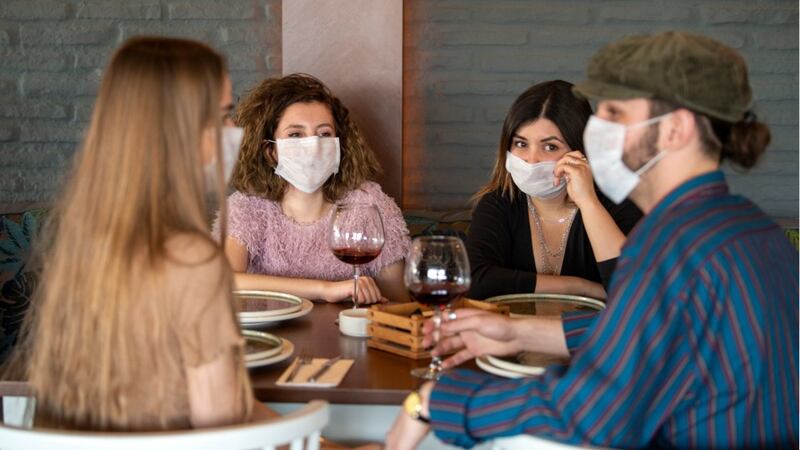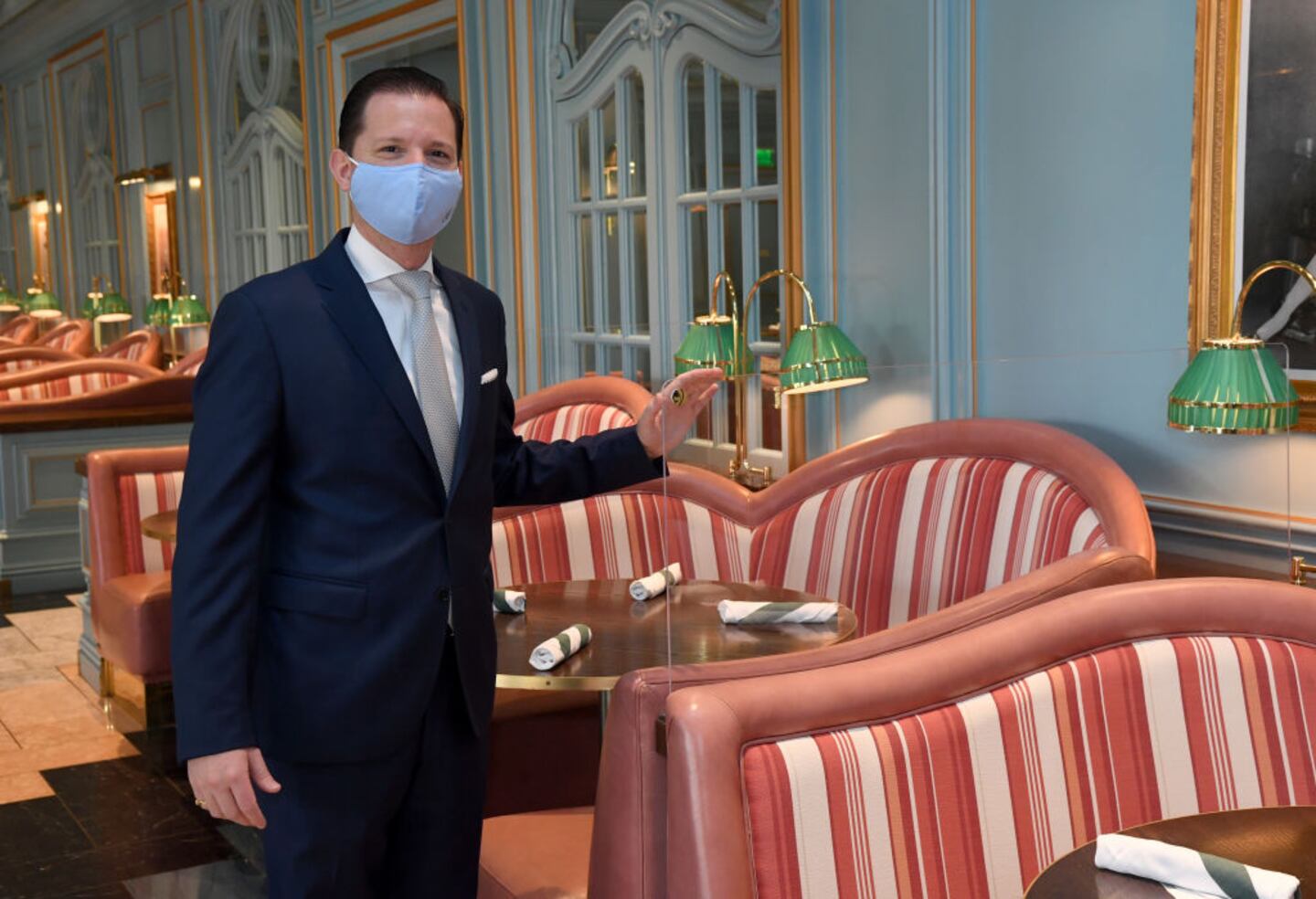Of all the businesses that are beginning to reopen, restaurants are probably top of many people’s list.
For those of us stuck with eating food we've cooked ourselves, the idea of sitting down at a favorite eating spot has gotten us through these months of lockdown due to the COVID-19 virus pandemic.
But is it safe to venture out to your beloved food spot? Here are a few things to consider before you go:
1. Wash your hands
Wash your hands before you eat. Twenty seconds of washing with soap and water will do it.
If you do not have access to a sink, use hand sanitizer.
“In the final analysis, it’s the hands. The hands are the connecting piece,” Elizabeth Scott told Webmd.com. Scott co-directs the Center for Hygiene and Health in Home and Community at Simmons University in Boston.
“You can’t necessarily control what you touch,” she said. “You can’t control who else touched it. But you can look after your own hands.”
2. Distance is a good thing
The safest way to lower your risk of contracting the coronavirus is to stay away from anyone who could be infected. That’s difficult when you go out to a restaurant.
You should look for restaurants that have tables set at least six feet apart. While the virus can travel more than six feet if someone who is infected with it sneezes or coughs or even speaks particularly loudly, six feet is at least a good starting point.
Most restaurants are required to space tables at least that far apart to reopen.
Check out how these restaurants came up with creative ways to keep the distance.
3. Masks on servers is a good thing. So are masks on customers.
Your server should be wearing a mask, as should you up until your food is served.
Remember, masks are worn to protect others from contracting the virus.
This article looks at which restaurants are requiring masks for employees and guests, how they are doing it, and what the future of dining while masked may look like.
4. Dine outside
If it is available and tables are six feet apart, dining outside is a good option. Fresh air is better than recycled air when it comes to avoiding transmission of the virus. Also, humidity helps slow the spread.
In cities like Denver, Oakland and San Francisco, lanes have been blocked to traffic so more tables can be placed outside.
5. Don’t eat at the restaurant’s peak times
Try to go to the restaurant at times when it is likely to be less crowded. A little earlier or a little later can cut down on your chances of being among a crowd.
6. Check for reservations
Some restaurants are taking reservations to help regulate the number of customers in the restaurant at any given time.
Call the restaurant to see if they are doing that. It’s better to have a set time than to be waiting outside in a crowd of people for a table.
In New Jersey, state officials are encouraging restaurants to take reservations to help control customer volume.
7. Know when it is time to stay home
As much as you would like to go out for a meal, some people should probably wait a bit. Consider staying home if:
- You are sick or have been exposed to the virus within the past 14 days
- You are immunocompromised – here are some tips to consider if you are immunocompromised
- You are older
And one bonus:
The Centers for Disease Control and Prevention offers this guide to help you determine your risk level when deciding if you want to visit a restaurant.
- Lowest risk: Food service limited to drive-thru, delivery, takeout, and curbside pickup.
- More risk: Drive-thru, delivery, takeout, and curbside pickup emphasized. On-site dining limited to outdoor seating. Seating capacity reduced to allow tables to be spaced at least six feet apart.
- Even more risk: On-site dining with both indoor and outdoor seating. Seating capacity reduced to allow tables to be spaced at least six feet apart.
- Highest risk: On-site dining with both indoor and outdoor seating. Seating capacity not reduced and tables not spaced at least six feet apart.
Cox Media Group








